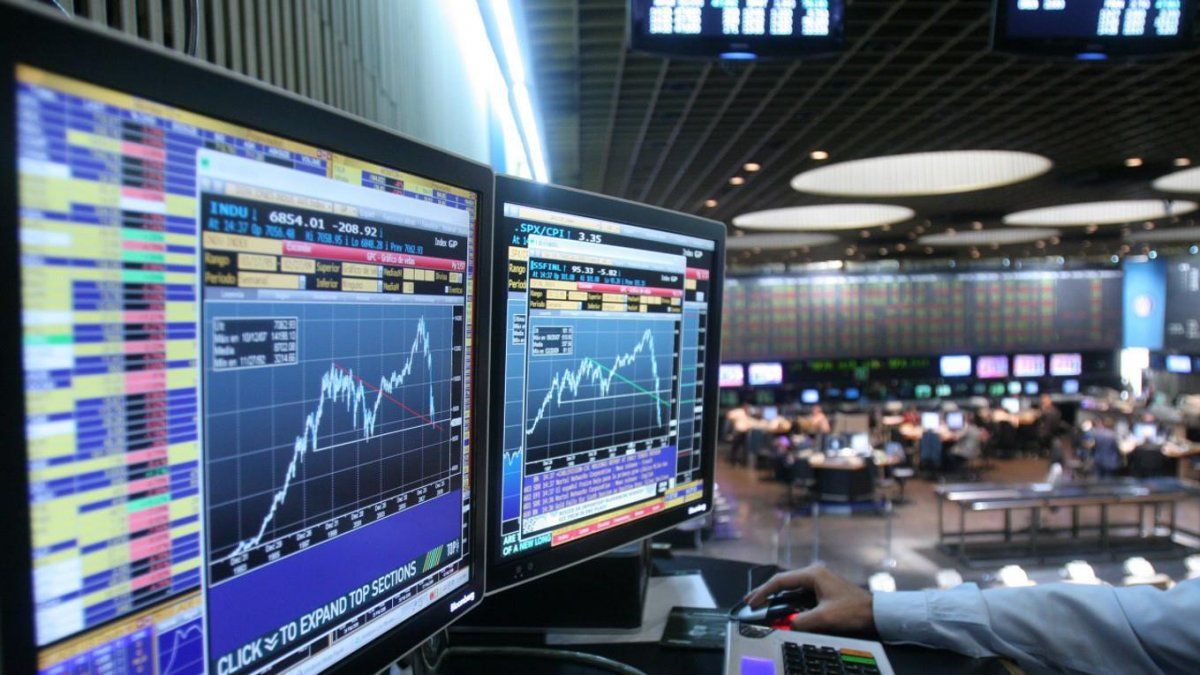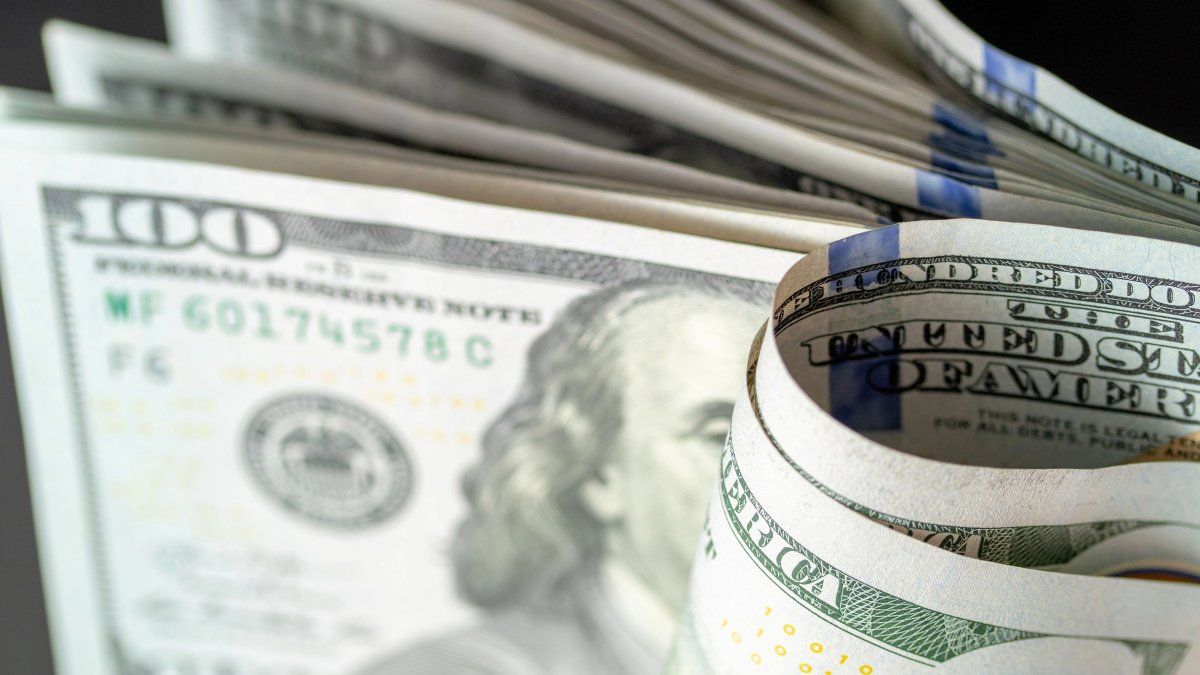Thus, the BYMA S&P Merval index grew by 1.5%, to 182,459.79 pointsafter registering its intraday historical maximum at 182,614.45 units, encouraged by bank papers such as those of Supervielle (+6.4%); or those of BBVA (+2.5%). The shares of Edenor (+4.7%) and Telecom (+4.4%) also stood out.
Ch$3,090.8 million in shares were negotiated, out of a total of Ch$7,597 million registered in equities.
“Fly the Merval” held since Cohen, with a country risk that this week touched its lowest level since the beginning of last June.
“We must be prepared for profit-taking to come. The red numbers on Wall Street indicate so,” said a market agent.
The Secretary of Energy, Flavia Royón, said on Thursday that Argentina will be able to reverse its deficit in the energy balance in 2024, which this year will reach 5.5 billion dollars.
Wall Street
For their part, the ADRs of Argentine companies on Wall Street closed with a majority of increases, led by Supervielle (+7.3%); BBVA (+4.1%); and Transportadora de Gas del Sur (+3%).
It was on a day in which the Wall Street’s main indices fell sharplywith the Nasdaq leading the declines, after New data highlighted the strength of the US economy and compounded concerns about continued tightening of the Federal Reserve’s monetary policy.
In addition, the gloomy prognosis that he published Micron Technology further weighed on the downbeat mood and caused the Semiconductor Index to underperform well against the broader market.
Losses in rate-sensitive mega-cap growth stocks were seen in technology and consumer discretionary, which were the most affected indices among the S&P 500 11 industry sectors.
The final estimate of US GDP for the third quarter revealed that gross domestic product grew at an annualized rate of 3.2%, up from the previous estimate of 2.9%.
Meanwhile, a Labor Department report showed the number of Americans filing for state unemployment rose to 216,000 last week, well below economists’ estimate of 222,000, indicating that the supply of workers in the labor market remains tight.
“We move to the concern for 2023, which is a recession playing out in the United States and probably globally as well,” said Matt Stucky, senior portfolio equity manager at Northwestern Mutual Wealth Management Company.
The Dow Jones Industrial Average lost 348.26 points, or 1%, to 33,028.22; while the S&P 500 was down 55.84 points, or 1.4%, at 3,822.60. The Nasdaq Composite lost 233.25 points, or 2.2%, to 10,476.12.
Tesla shares tumbled after the electric vehicle maker doubled discounts on its top U.S. models this month amid concerns about dwindling demand.
Recession fears following prolonged interest rate hikes by the US central bank have weighed on equities this year, with the benchmark S&P 500 index on track for its worst performance since the 2008 financial crisis.
Bonds and country risk
In the fixed income segment, sovereign bonds in dollars stopped their positive streak and fell to almost 7%, in the face of pronounced profit-taking.
The main losses were recorded by Global 2035 (-6.9%); Global 2030 (-6.1%); and Bonar 2029 (-5.5%). “The bonds in dollars operated from higher to lower, since after opening almost stable, sales orders appeared that were accentuated towards the closing of the wheel” they commented in the square.
The titles in dollars came from crowning a streak of 8 rises in a row, after the good performance registered last month.
“Unlike November, the rise would seem more linked to local than global factors. One might think that the Personal Assets effect may be helping on the flow side, but the truth is that the rally seems too strong to be fully founded in that. In my opinion, for the most part, the bonds are recovering at more reasonable prices after very strong falls in previous months that also seemed unjustified,” he told Ambit Ezequiel Zambaglione Head of Research of Balance.
Indeed, Argentina’s country risk, measured by the JP.Morgan bank, rebounded 21 units, to the area of 2,103 basis points, after scoring on Wednesday its lowest level in just over six months.
For their part, dollar-linked sovereign bonds had good volume at both ends of the curve, closing with an average rise of 0.5%. The duals, meanwhile, showed good demand and closed with an average rise of 0.9% (the TDF24 stood out, which rose 2%). Regarding the CER segment, the short Leceres and Bonceres gained 0.5%, while the long Bonceres climbed 2%, SBS reported.
It is expected that during this day the board of the International Monetary Fund (IMF) approves the third revision of the agreement with the country, which will enable a new disbursement that will strengthen the reserves of the central bank (BCRA).
Source: Ambito
I am a 24-year-old writer and journalist who has been working in the news industry for the past two years. I write primarily about market news, so if you’re looking for insights into what’s going on in the stock market or economic indicators, you’ve come to the right place. I also dabble in writing articles on lifestyle trends and pop culture news.




